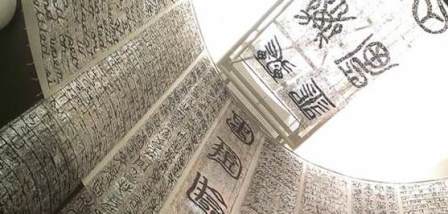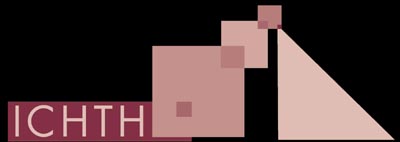XXII International Congress of Historical Sciences
23-29 August, 2015, Jinan, China
Round Table 14
Thursday, 27 August / 9 am - 12 pm
Conference Room on the 5th Floor, Nanjiao Hotel
Mission Statement
The value of contemporary art in the building of the past requires more attention than it has received in historical reflection up to now. Artists have been active in the revision of traditional approaches to the past but also they play important roles as critical witnesses, historians and memoirists. Art is right now considered not only as a valuable historical source but first of all as a litmus paper that tests the limits of the traditional understanding of history. Artists produce “unconventional histories” and alternative epistemologies of the past and challenge traditional representations and interpretations of the past. Art became an important point of reference in the process of demythologizing history. While historiography tends to conform to the expectations of authority, critical art offers an alternative platform for struggle against the myths created in the interest of the prevailing order. However, art today can offer the historian theoretical inspiration, and even an epistemological paradigm. Interesting cognitive models, research categories, and representations of the past can be derived from the analysis of works of art, showing the past in a way that is more persuasive and has more of an impact on people than historiographic narration. The question arises as to whether the historian and the artist are capable of healing the wounds and traumas of the past? Can they offer a more positive vision of the future? Contemporary art is, after all, a great laboratory for the testing of various kinds of future.
Organized by:
Ewa Domanska (Adam Mickiewicz University in Poznan, Poland)
with the support of:
International Commission for the History and Theory of Historiography
National Science Center, Poland
Department of History, Adam Mickiewicz University in Poznan


